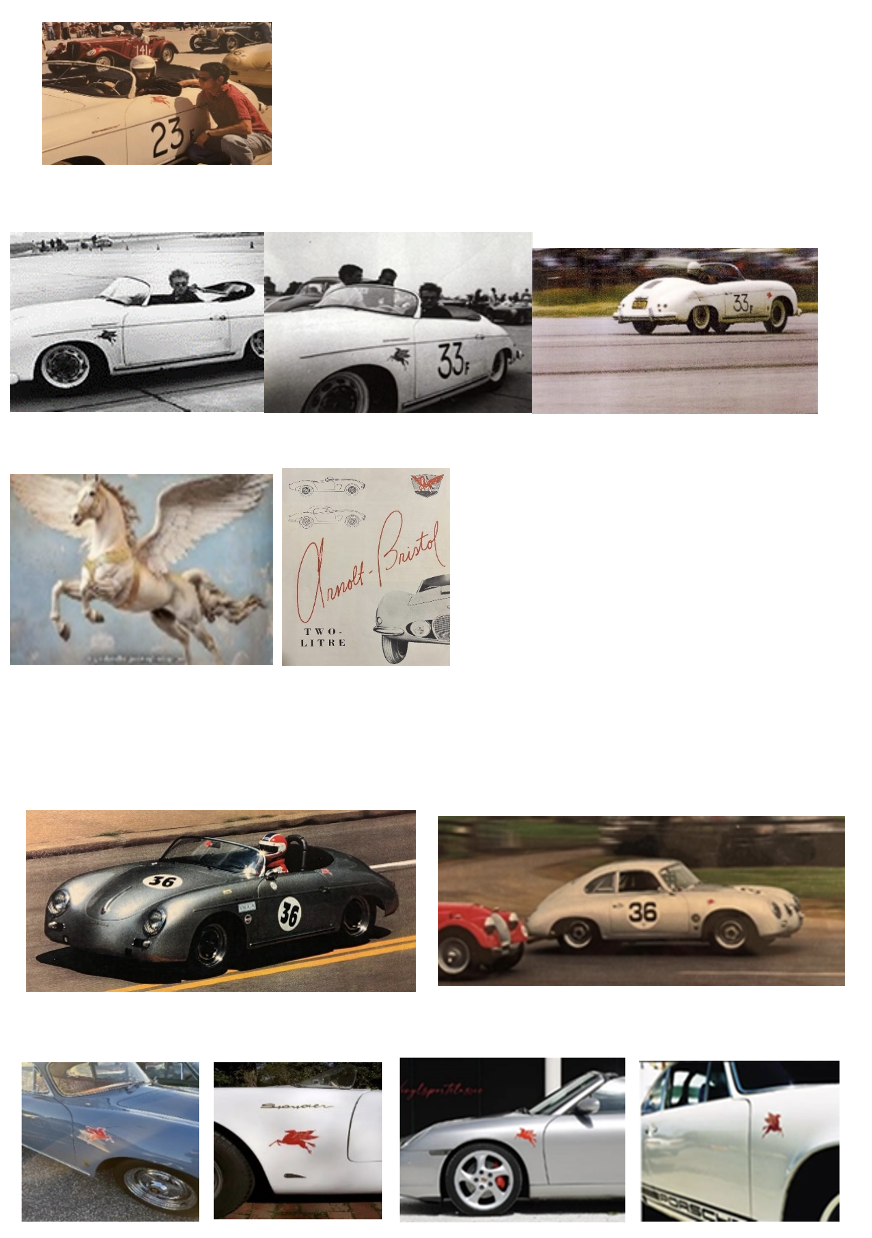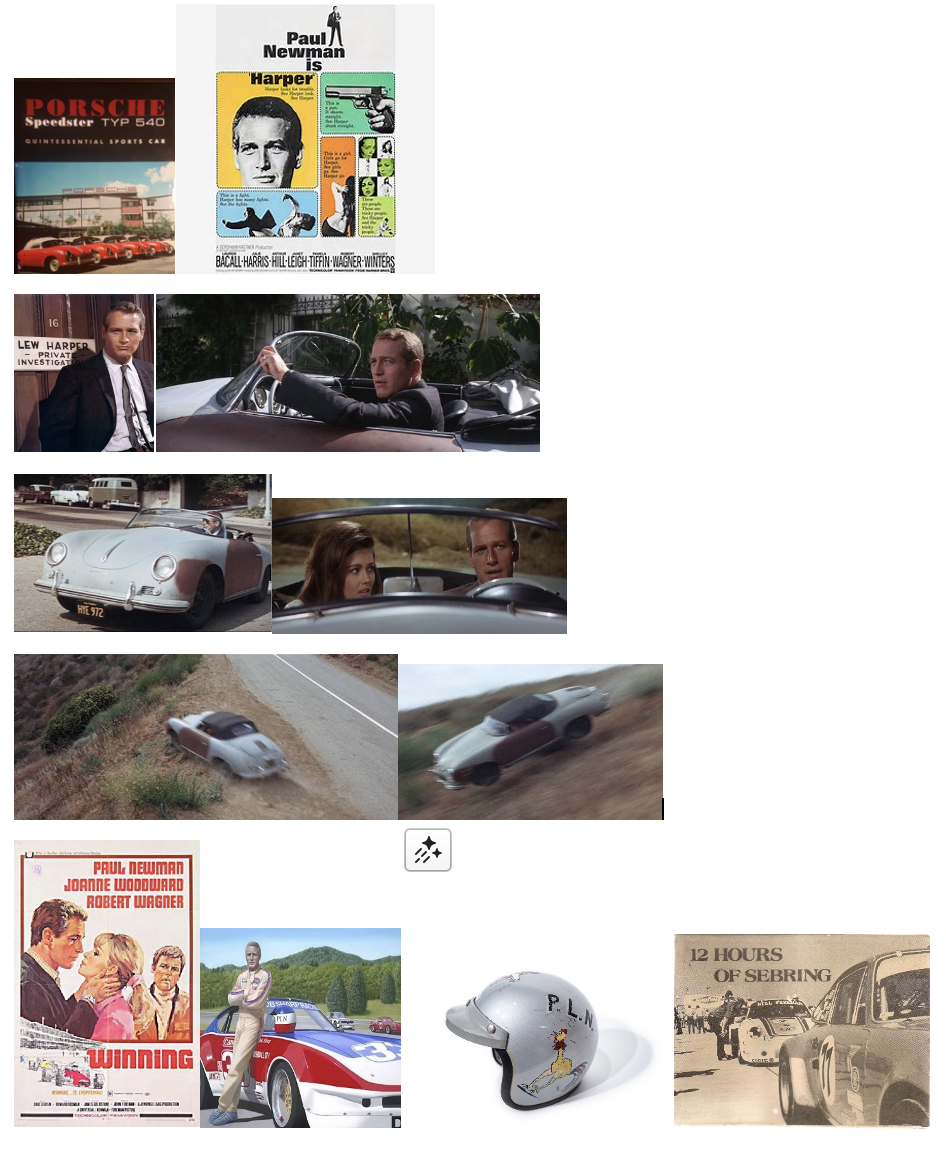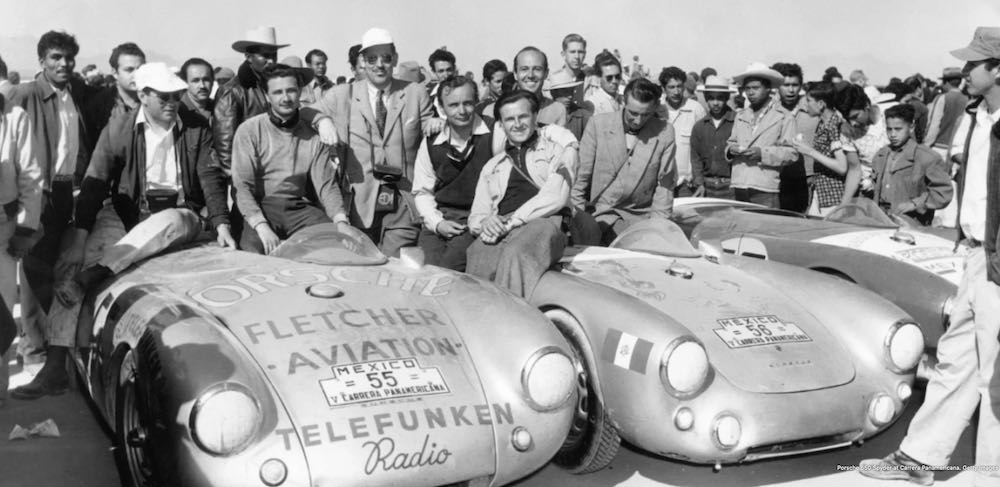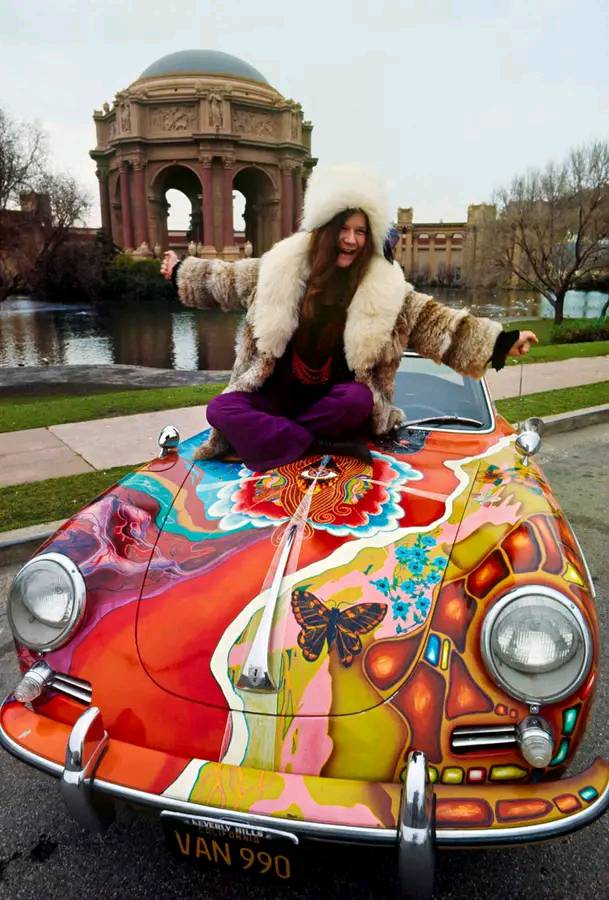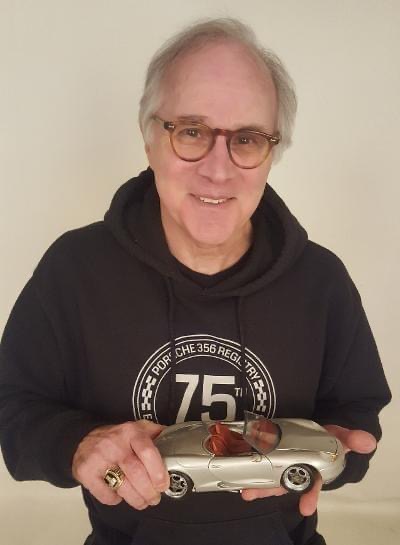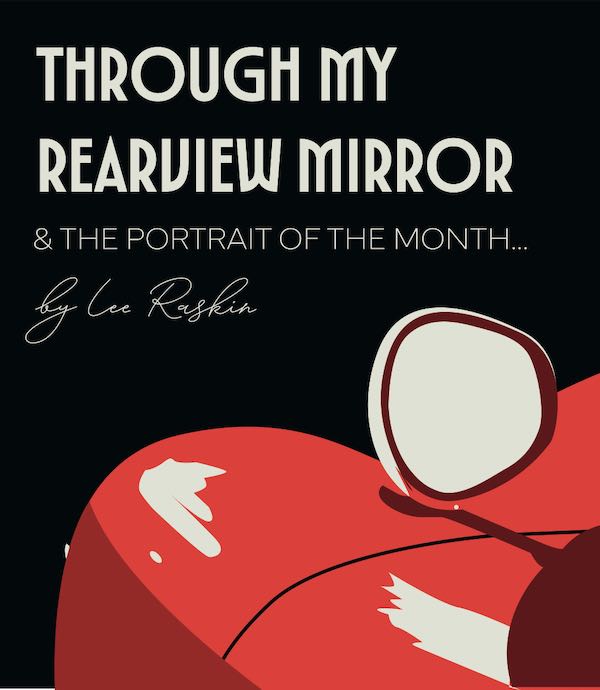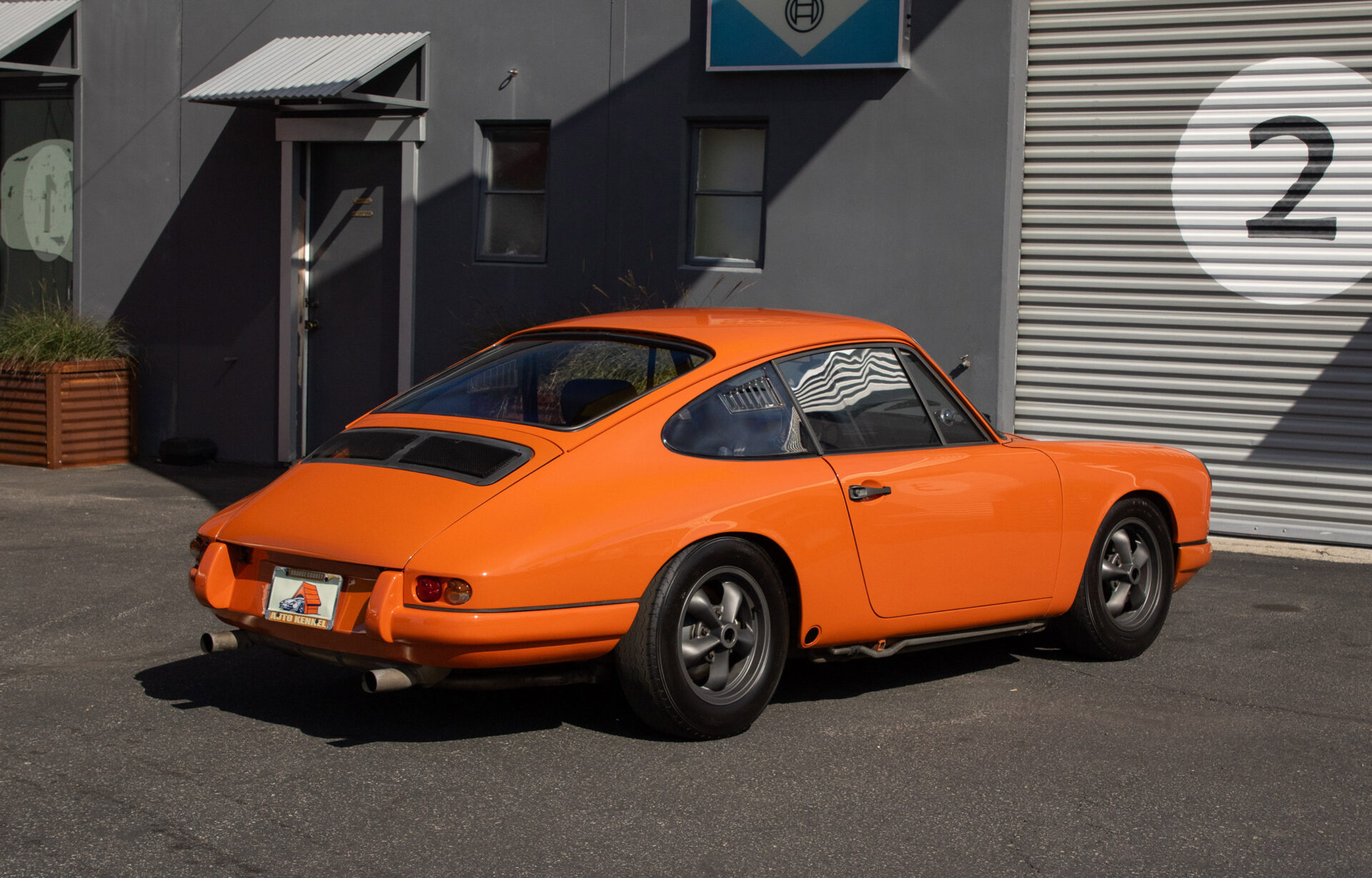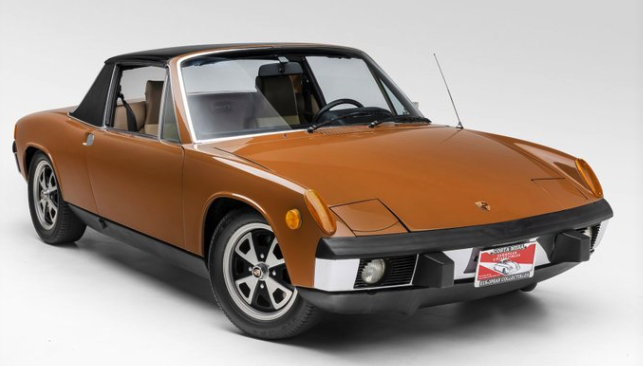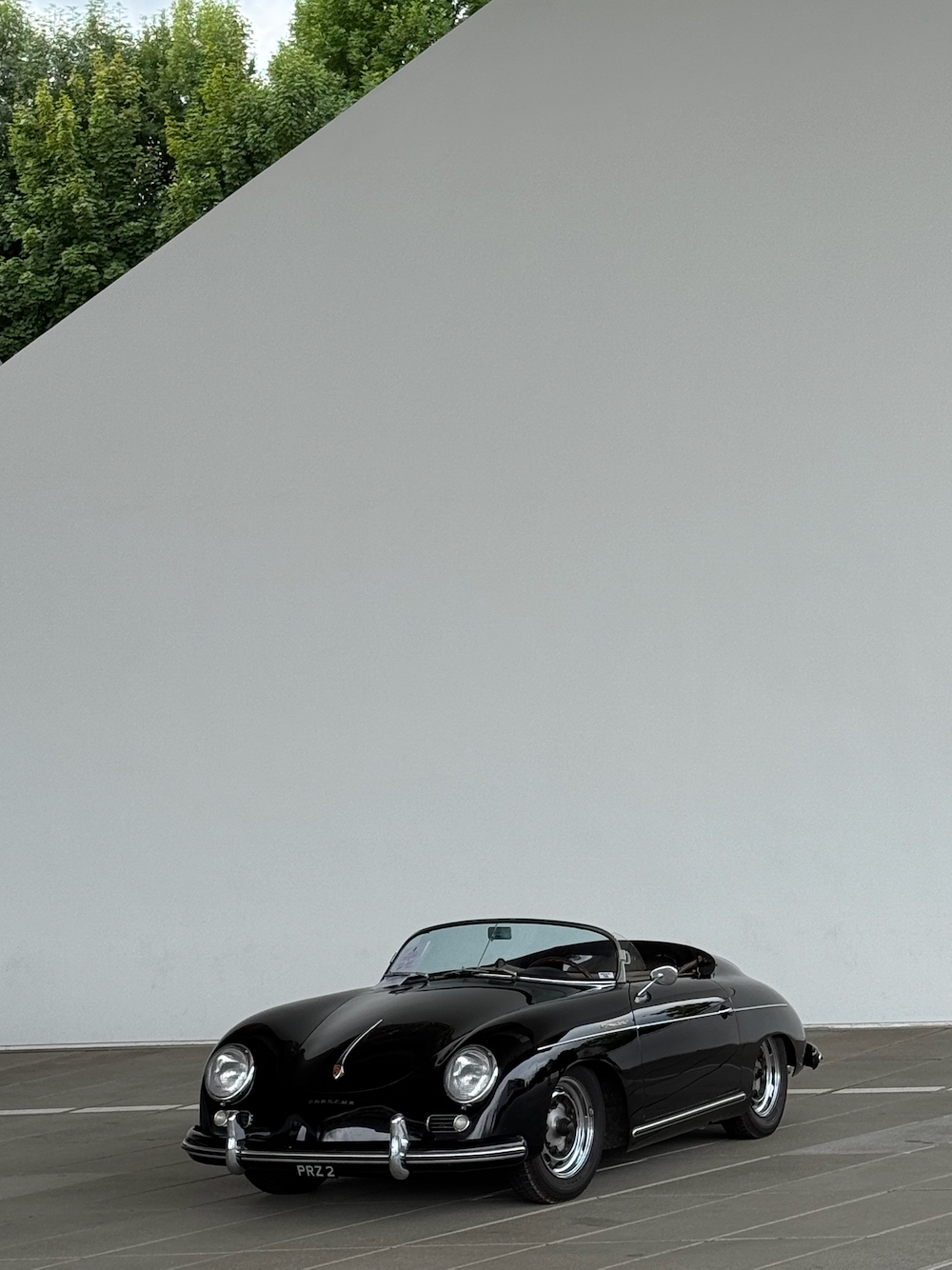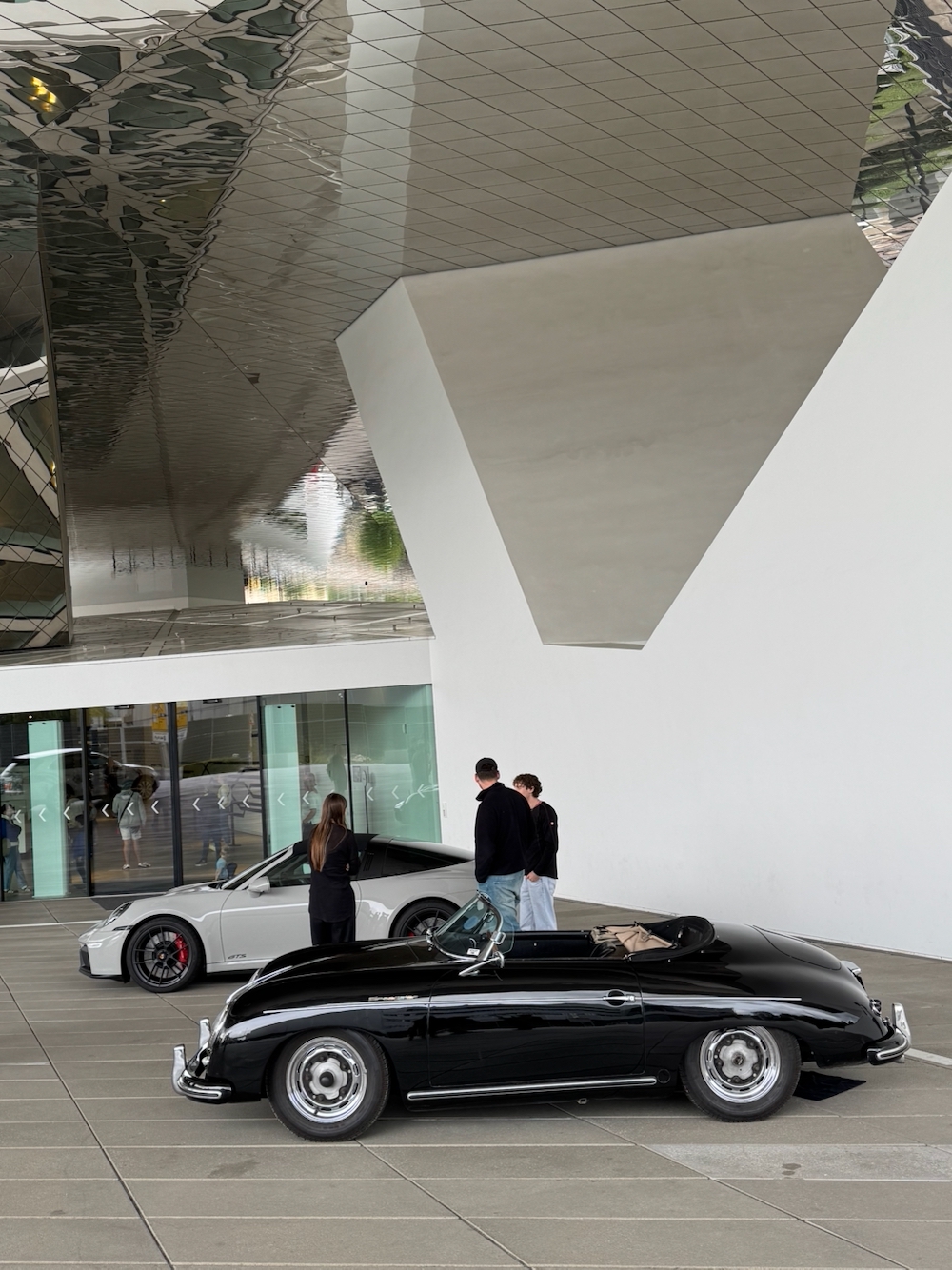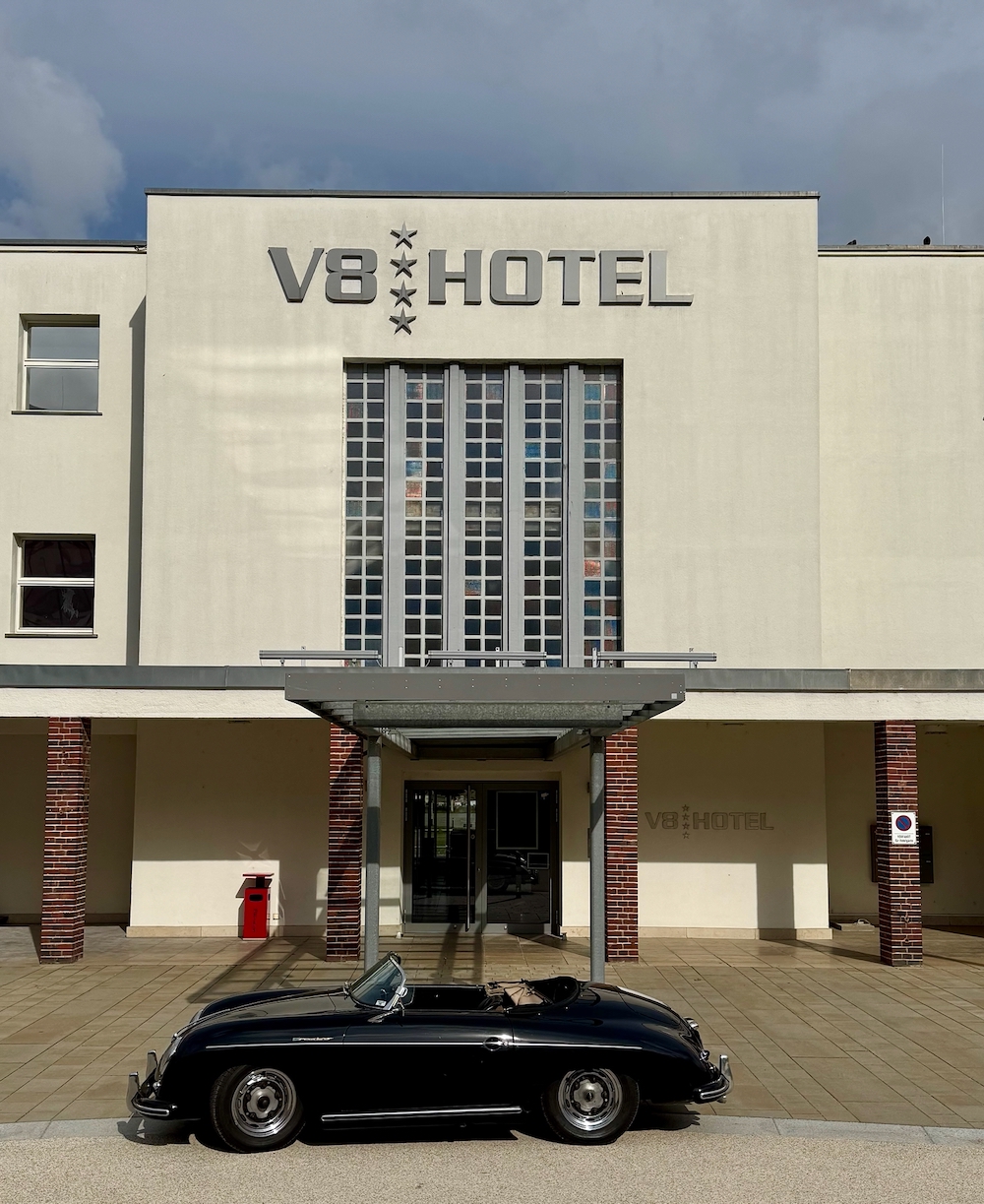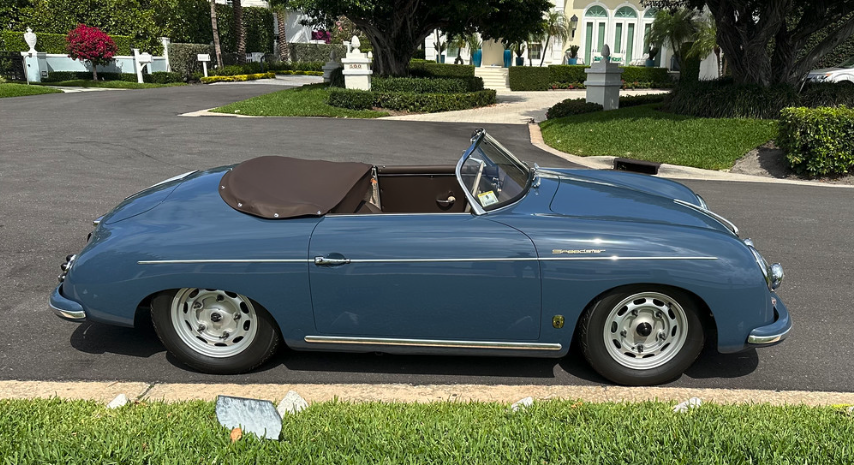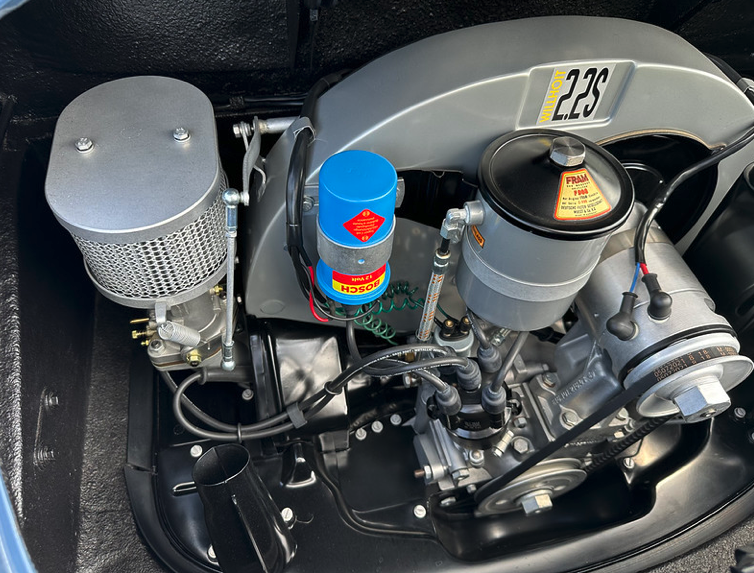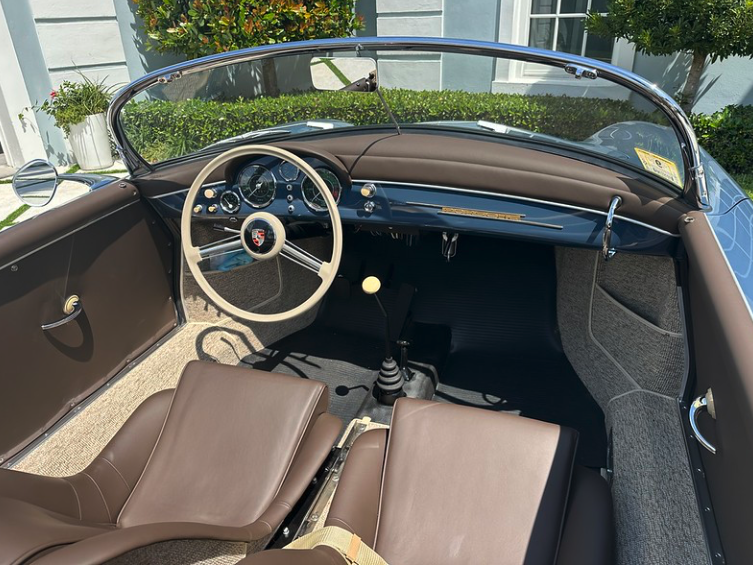PEGASUS…The Winged Horse
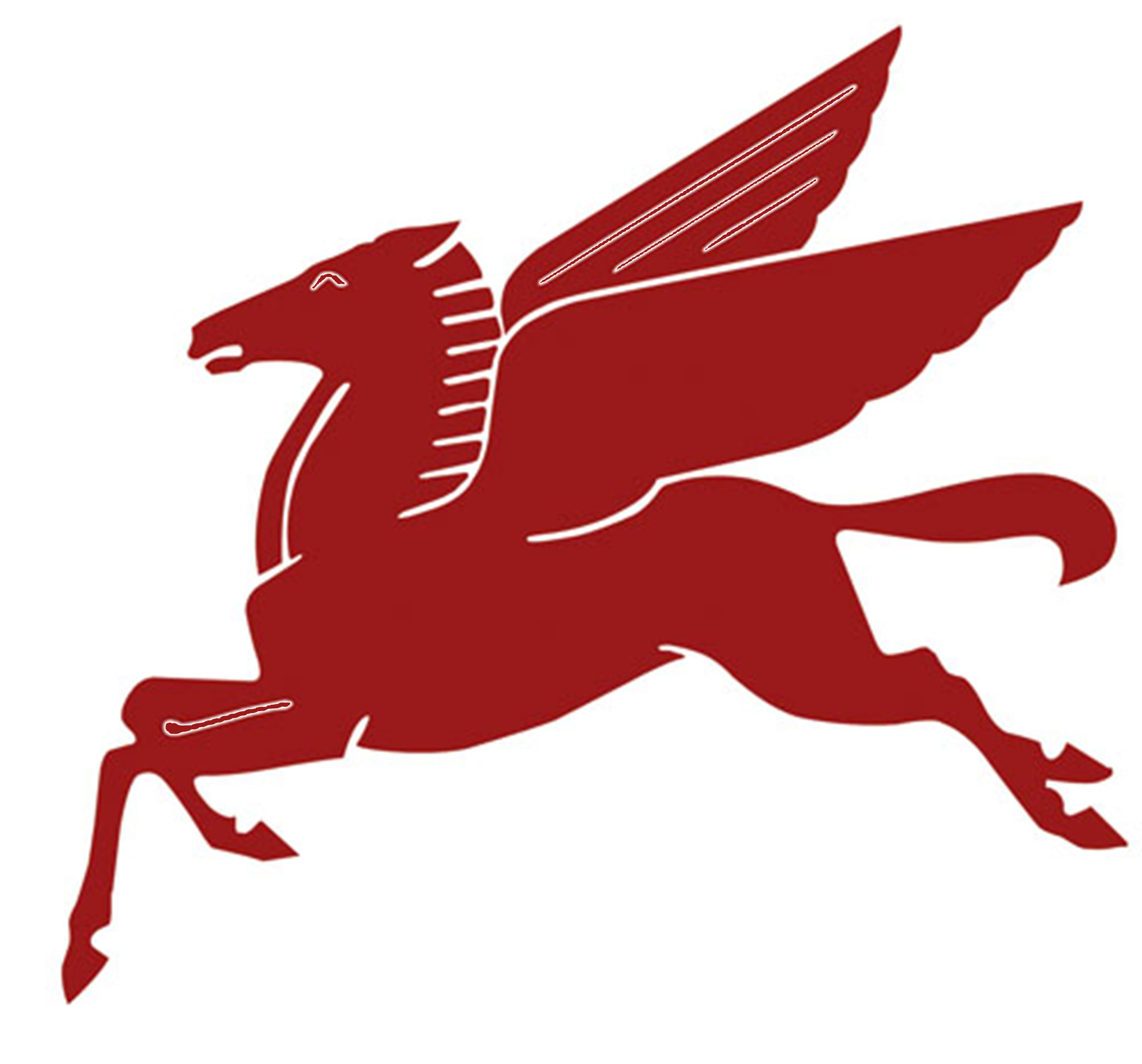
Some Porschephiles may have seen photos of a PEGASUS decal displayed on James Dean’s Porsche 356 Speedster during the 1955 California Sports Car races...and wondered what the PEGASUS decal represented?
In March at Palm Springs, James Dean placed PEGASUS decals on his Porsche Speedster…two at the top of each door.
(Photo: James Dean awaits the start of the F-Production / F-Modified Feature Race while getting instructions from his crew chief, Bill Stevens.)
Later, at Santa Barbara in May, Jimmy placed a PEGASUS decal on the left front and right front fender of his #33 Porsche Speedster. The PEGASUS decals on James Dean’s Porsche at the Santa Barbara races became highly publicized images over these past seventy years.
(Photos: 1. James Dean arriving at the Santa Barbara Races…he has just fueled up and received two Pegasus decals PEGASUS to put on his Speedster. 2. James Dean on the grid prior to a F-Production practice race. 3. James Dean at speed during the feature F-Production race. Photos. Lee Raskin archives.
How cool! The media portrayed actor / racer James Dean as a real trend setter—writing that he was sponsored by the Mobil Oil Company… and he displayed the PEGASUS decal on his Porsche 356 Super Speedster to capture even more media attention.
I found that tale was incorrect…as there was more to the Pegasus’ decal story: Pegasus, the flying horse, was born out of Greek mythology during the Dark Ages, circa 1200-800 BCE. Pegasus was depicted as a mythical winged stallion who was immortalized as a constellation of the northern hemisphere.
(Photo: Pegasus Greek Mythology, Wikipedia.)
The origin of the modern-day Pegasus logo came from the Vacuum Oil Company, which first used the Pegasus in South Africa during 1911 --as a symbol of speed and power. After a corporate merger of Vacuum Oil with Socony Oil in 1931, the Pegasus logo was adopted as the U.S. trademark and a sign mark for thousands of Mobilgas stations throughout the United States.
During the early 1950s sports car racing grew in popularity, especially in Southern California where the California Sports Car Club (CSCC) and the national Sports Car Club of America (SCCA) hosted amateur weekend racing on make-shift road courses located primarily at municipal airport venues and on U.S. Air Force bases throughout the U.S.
In 1954, Stanley “Wacky” Arnolt founded a motorsports entity in Chicago, offering the Italian Bertone designed Arnolt-Bristol competition roadster and Deluxe coupe to the public. It was the first American sports car to have a Pegasus winged horse design as its official emblem. Today, Arnolt-Bristol models have become a coveted and highly collectable sports car.
(Photo: 1955 Arnolt-Bristol four-page color brochure, Lee Raskin Archives.)
During the same year, Socony Mobil Oil saw a terrific opportunity for sponsoring amateur racing events and to market their ‘high test’ gasoline in Southern California.
They gave away FREE premium gas to all the drivers at these racing venues …with the proviso that a Mobilgas PEGASUS decal would be placed by the recipient driver in clear sight on his/her race car throughout the race weekend. It was genius!
James Dean saw this Mobilgas promotion as a nice gift –an opportunity to accept FREE racing fuel at the Cal Club and SCCA races.
He artistically placed PEGASUS decals on his Porsche 356 Super Speedster for all to see and to photograph.
Decades later, I emulated James Dean’s motorsports endeavors when vintage racing my 356 Porsche Speedster and 356 Sebring coupe…I too wore the Pegasus decal as far back as 1990.
(Photos: 1. Lee Raskin / 356 A Speedster #36 at the Pittsburgh Vintage GP, 1994. 2. Lee Raskin / 356 A Sebring coupe at Summit Point Raceway,WV, 1996.)
Recently, Porschephiles were actively looking for reproduction PEGASUS decals … and now they are available…as seen on vintage 356s and contemporary 900 series Porsches at local Cars and Coffee events…where their owners desire to be part of the nostalgic James Dean / Porsche era…Vroom, Vroom!
Photos: Lee Raskin archives
Copyright Lee Raskin 2025
